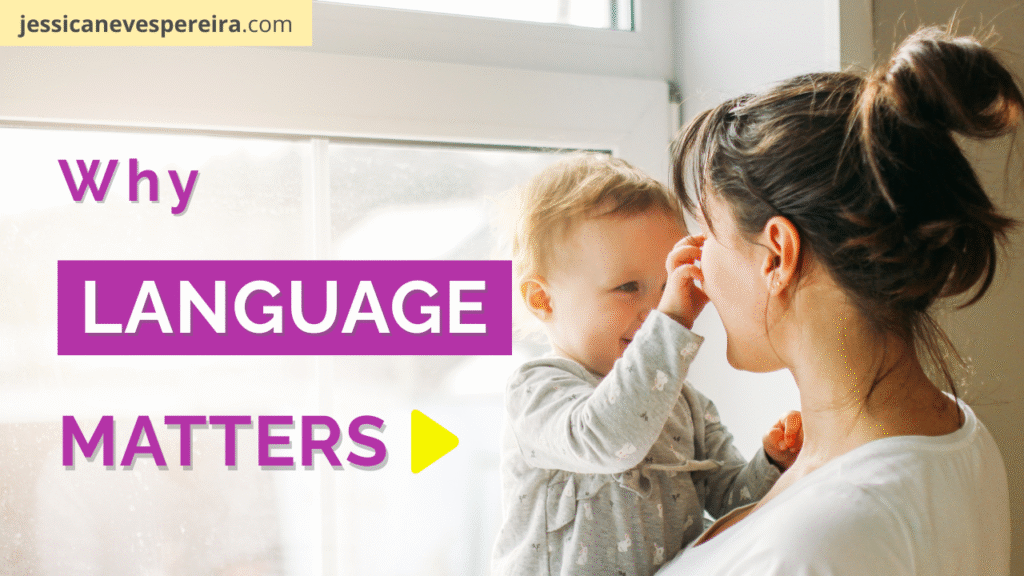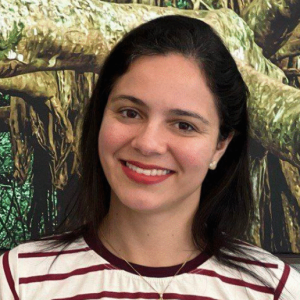Language is more than vocabulary. It’s the foundation for connection, learning, and emotional expression. And the best part? You don’t need a degree in linguistics to support your child’s language development. You just need intention — and presence.
One of the most effective tools for early speech support is a high-quality picture book that encourages naming, pointing, and conversation. That’s why we recommend:
📘 First 100 Words by Roger Priddy (Amazon)
It’s simple, durable, and perfect for babies and toddlers learning to connect words and objects.
What Really Helps Language Grow?
It’s not flashcards. It’s not apps. It’s you.
Children learn language by hearing it, feeling it, and interacting with it every single day.
Here’s what works best:
👂 1. Talk All Day, Every Day
Describe what you’re doing, what your child is doing, and what’s around you. Use real, rich vocabulary — even with babies.
“You’re holding the blue cup. Now you’re pouring the water!”
📚 2. Read Together — Often
Reading aloud builds vocabulary, attention, and comprehension.
- Use books with rhythm and repetition
- Let your child finish familiar sentences
- Point to pictures and name them together
🧩 Try this:
Dear Zoo by Rod Campbell – A favorite with toddlers for learning animal names and sounds.
🎶 3. Sing, Rhyme, and Repeat
Songs and nursery rhymes make words stick. They also help with rhythm, memory, and phonological awareness.
Sing simple songs like “Twinkle, Twinkle” or “Wheels on the Bus” — and let your child fill in missing words.
💬 4. Pause and Wait
Don’t rush to finish your child’s sentence. Pause, give them time to process, and watch their communication confidence grow.
Even if they point or babble — that’s part of the process.
Recommended read: How Play Builds Brighter Minds and Stronger Kids
🧸 Best Tools to Support Language at Home
🗣️ Here are a few resources we recommend (all tested and loved by parents):
🧠 Recommended Tools to Boost Early Language Development
Melissa & Doug Animal Sound Puzzle
This fun wooden puzzle makes realistic animal sounds when kids match and place each piece. It’s a great way to build vocabulary through sound-word association and interactive play.
👉 View on Amazon
Melissa & Doug USA Map Sound Puzzle
An educational puzzle that teaches U.S. geography with regional sounds and names. Perfect for sparking curiosity and building language skills while learning about the country.
👉 View on Amazon
You can also support early vocabulary through simple board books like:
- First 100 Words by Roger Priddy – A classic favorite filled with real-life images and everyday words to help toddlers expand their vocabulary quickly.
👉 View on Amazon - First 100 Words Lift-the-Flap Edition – Adds an interactive twist that keeps little ones engaged and eager to discover new words.
👉 View on Amazon - Battat Pop-Up Pals Toy – A colorful, affordable ($13) pop-up toy that reinforces animal names, colors, and cause-and-effect speech patterns.
👉 View on Amazon
Why These Picks Matter
- Sound puzzles help children connect words to real-world sounds, strengthening auditory processing.
- Visual books offer relatable vocabulary for daily use, making it easier for kids to describe their world.
- Pop-up toys introduce basic communication sequences — like action, result, and description — essential for forming full sentences later on.
👣 Small Steps Make a Big Impact
You don’t need a perfect script. You just need to show up and speak.
Here’s how to get started today:
- Use real words (not baby talk)
- Slow down your speech, and emphasize key sounds
- Repeat words your child says — and gently expand on them Child: “Ball!”
You: “Yes, a red ball! You threw it!”
Your Voice is the Best Tool
No one teaches your child language like you do. Not even the best toy or the most expensive program.
Through daily talk, shared reading, silly songs, and simple questions, you’re wiring their brain for connection, confidence, and curiosity.
Start today — one word at a time.
💬 What’s your child’s favorite word right now? Share in the comments and let’s celebrate this journey together.






